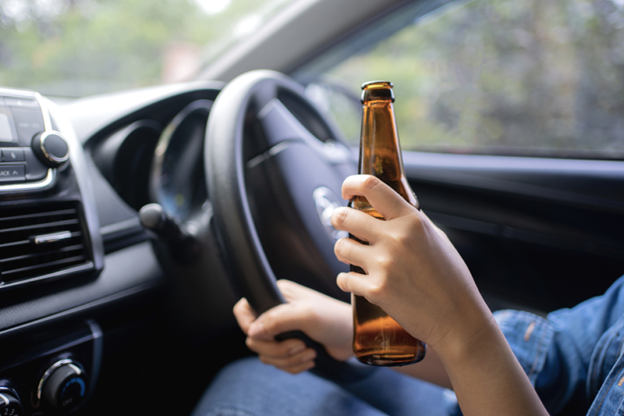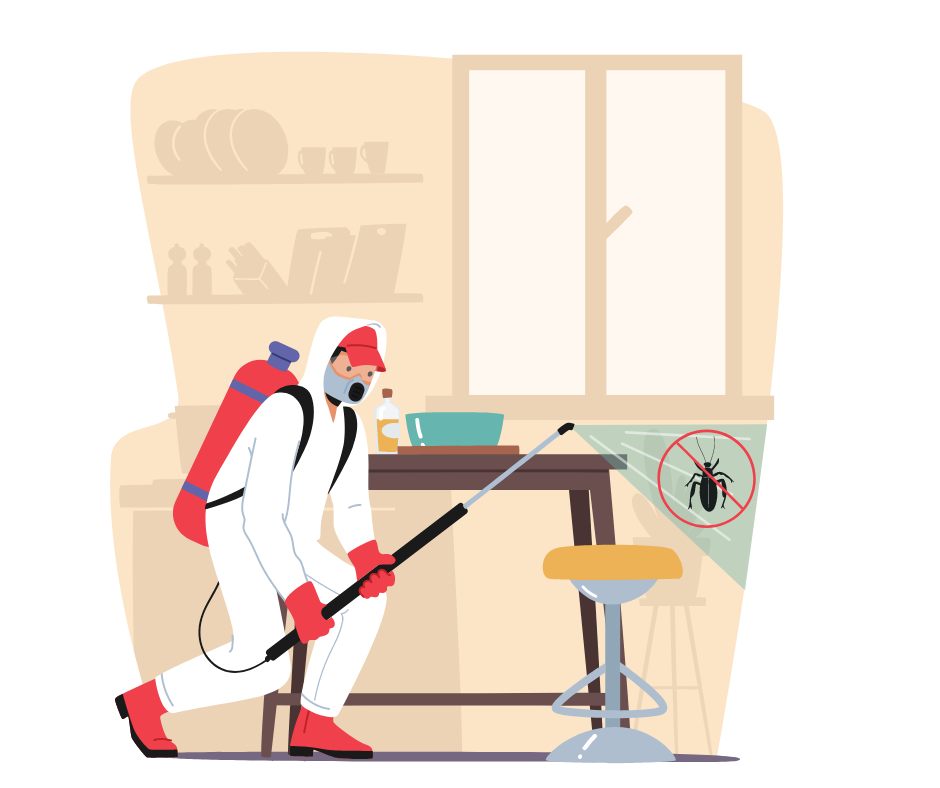We all know driving while intoxicated (DWI) is a big deal. Not just because you might get pulled over, but because of the consequences that come with it. One of the most common penalties is having to install an ignition interlock device (IID) in your car. You can think of it as a personal breathalyzer that acts as your new gatekeeper. If you’ve been charged with a DWI, a multiple DWI defense lawyer can guide you through the legal process.

A DWI has serious consequences. These consequences are doubled if you’re a repeat offender. If it’s your second time being charged with a DWI, a multiple DWI defense lawyer can guide you through the legal process.
The sections below talk about ignition interlock devices in detail.
What Is an Ignition Interlock Device?
Picture this: before your car engine can rev up, you have to breathe into a device that tests for alcohol. Fail the test, and you are not going anywhere. It’s that simple. The goal is to keep you—and everyone else on the road safe by making sure you’re sober when you drive.
How Does an IID Work?
It’s a pretty straightforward process:
Breath test before driving
Before you can start your car, you blow into the device. If it detects alcohol above a set limit, your car stays parked.
Rolling retests
While you’re driving, the IID might ask for more breath tests to ensure you didn’t sneak in a drink. This helps keep you honest during your drive.
Reporting
Every test result gets logged and reported to the court or whoever is monitoring your case. Fail a test, or refuse to take one, and you could face even more trouble.
Who Needs an IID?
If you’ve been convicted of a DWI, there’s a good chance you’ll need one. First-time offenders sometimes get a pass, but repeat offenders or those with a sky-high blood alcohol content (BAC) don’t. The length of time you’ll need to keep the device depends on your state and how severe your offense was. There were more than 7 million people using an IID in the United States as of 2019.
Why an IID Might Actually Help You Out?
Yes, it’s a hassle. But the IID isn’t just a punishment—it serves a greater purpose. Here’s what you can expect:
Prevents drunk driving
The whole point of the IID is to stop drunk driving before it even starts. Literally.
Encourages good habits
You’ll get used to the routine of testing yourself before driving, which can make you more mindful of staying sober behind the wheel.
Reduces repeat offenses
It’s hard to get in trouble again if you can’t drive drunk, right? Studies back this up: people with IIDs tend to re-offend less.
Keeps you on the right side of the law
As long as you’re using the device correctly, you’re likely avoiding additional penalties, fines, or worse. For more details, check out resources from the National Highway Traffic Safety Administration.
Final Words
If you’re dealing with a DWI charge, having an ignition interlock device installed is one way to get back behind the wheel safely. It’s not just about punishment—it’s about protecting you and others on the road. Know how it works, stay on top of the fees, and follow the rules, and you’ll get through it.
Read: Photo of the day: Eyes on the Road The challenges of safe driving



